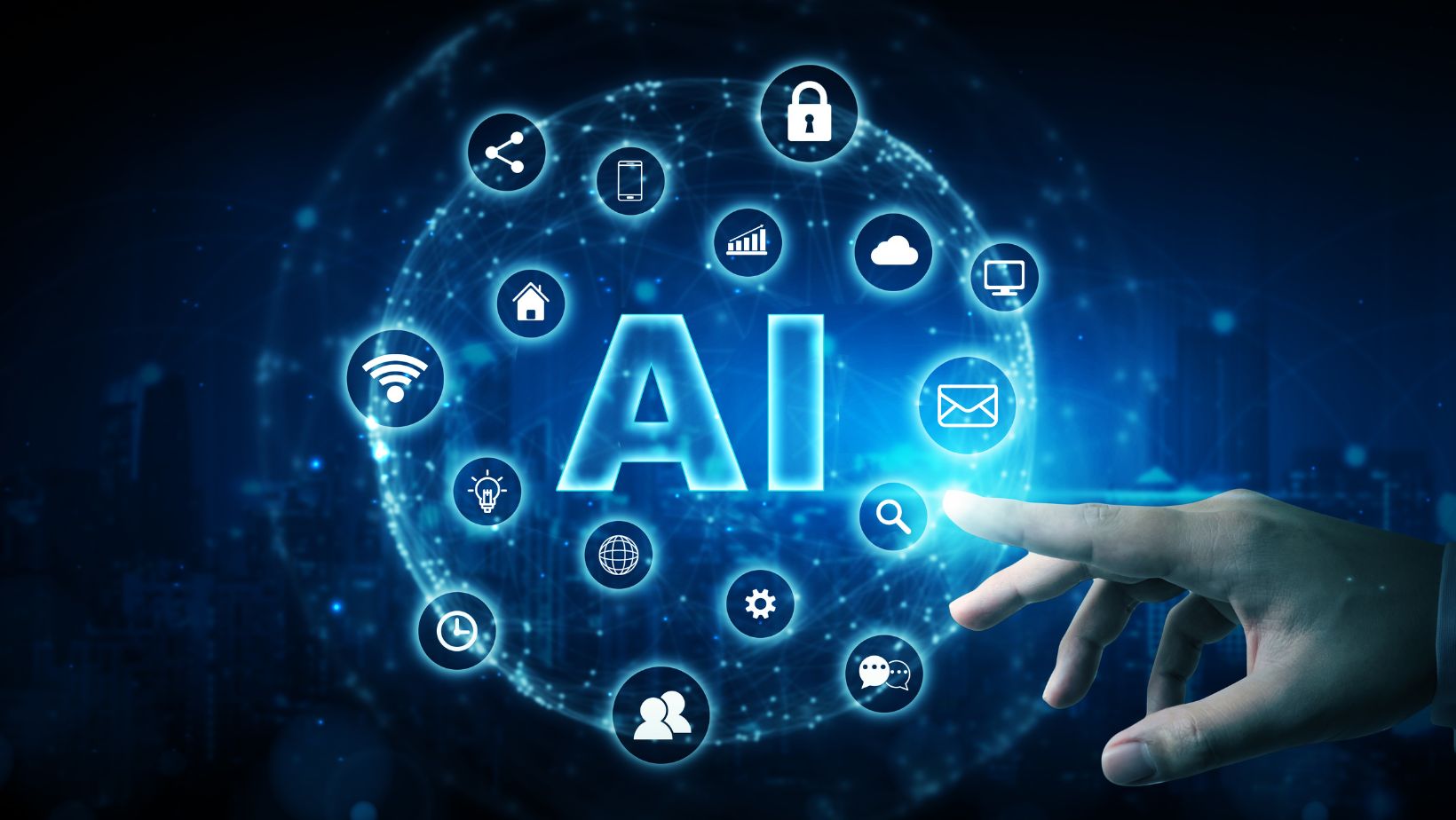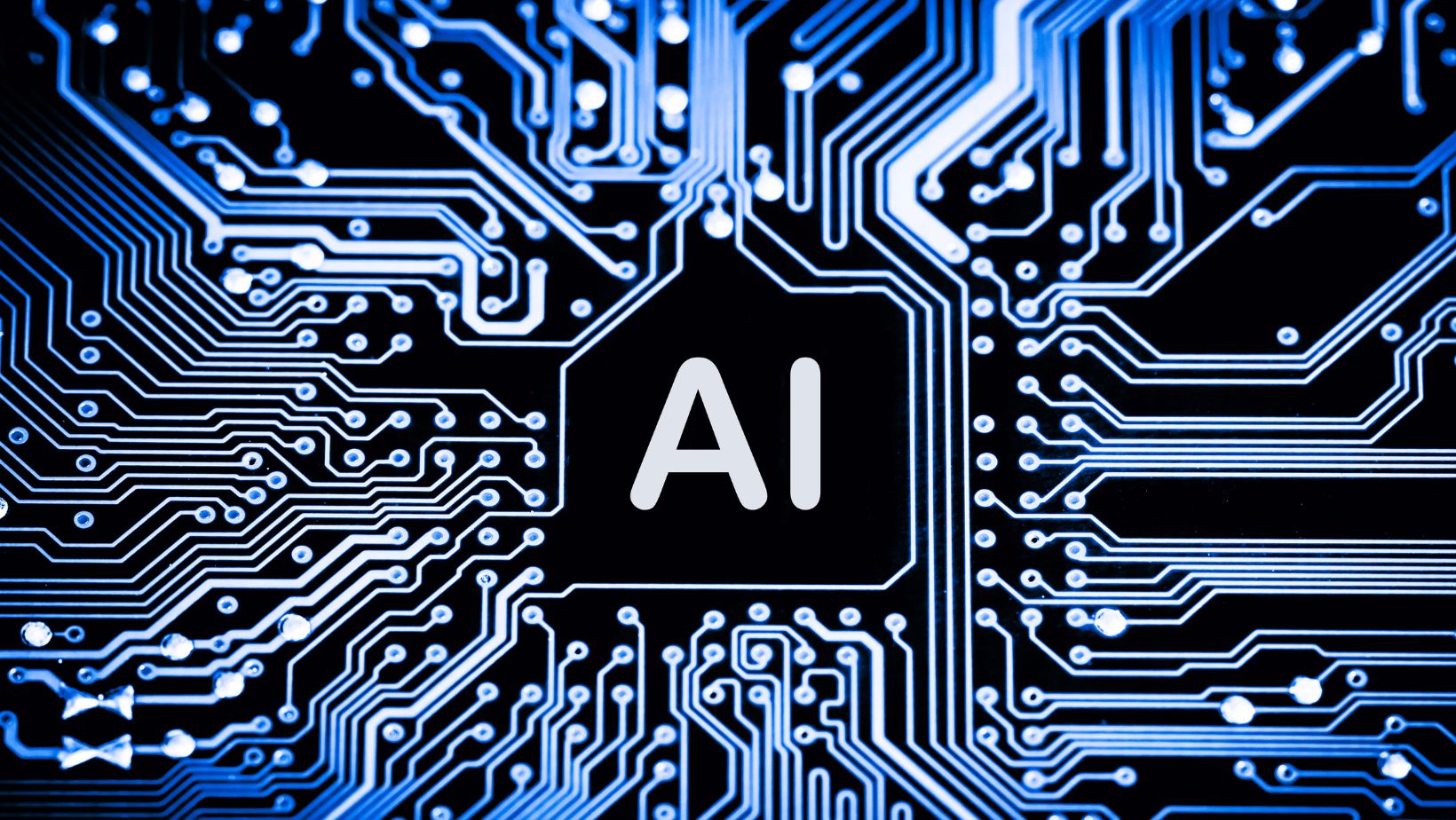Desc: This article by Kirill Yurovskiy provides a comprehensive overview of how AI is transforming UX design and personalization, covering key trends, and technologies.
AERA is changing the UX design scenario; designers these days are exploiting every AI advantage, from personalized interfaces through predictive analytics to conversational UX, to developing user-centric products. AI provides UX designers with super personalization ability and helps reduce friction in the user’s journey, whilst also working to ensure accessibility and inclusivity of the digital product. This article discusses the most significant AI impacts in UX design and personalization, as well as the trends, challenges, and opportunities that spring from them.
1) AI-Driven Personalization In UX
Personalization in UX design by AI is enabled by performing data analyses on users and their experience preferences. Machine-learning models are trained on enormous data sets with dimensions such as the history of use, location, and behavior patterns to derive custom interfaces and content – says Kirill Yurovskiy.
Netflix will tell you what movies or shows to go for based on the users’ likes; Spotify will recommend songs. Thanks to this degree of personalization, users will engage with and enjoy whatever they do even more: thus relevance and enjoyment in digital experience.
2) Predictive Analytics In The Assessment Of User Behaviors
Conversely, there exist AI predictive analytics that help the UX designer view the needs produced by the users and their activities. The designs intervening in a proactive fashion toward user behavior depend on AI forecasts generated from analyzing the historical data of user locomotion.
A great example of predictive analytics in action is Amazon, which routinely recommends products the user might want to buy long before even a search is initiated for such items on its website, thus enhancing the user experience and conversion.
3) Conversational UX: AI Chatbots & Virtual Assistants
Conversational UX stands at the center of most contemporary designs being spearheaded today by chatbots and virtual assistants powered by AI. These run on natural language processing (NLP), thus giving instant support and assistance to the user.
Consider what happens when a user interacts with his digital product using ChatGPT. Personal assistants such as Siri or Alexa work side by side to personalize, streamline, and empower user interactions, which in turn transform them into a captivating and intuitive experience.
4) Role of AI in Accessibility and Inclusion
Artificial intelligence serves as the link between digital products and accessibility as well as inclusivity. AI-powered development tools such as screen readers, voice recognition, and image recognition will allow users with disabilities to better access digital interfaces.
For example, one of the applications from Microsoft is Seeing AI, which makes use of artificial intelligence to interpret the world from the perspective of blind people, whereas Google has Live Transcribe, which offers real-time captions for those experiencing hearing loss. AI-enabled accessibility has made significant work easier for user experience designers who develop products for larger communities.
5) AI and the Future of Web & Application Design
AI is forging the future of web and app design — with automation of most repetitive tasks and enhanced creativity workflow, now possible given that designers use Figma-based AI and Adobe Sensei, producing layouts for images to be optimized and recommending design elements powered by user data.
For example, an AI-enabled design platform might automatically change font size, color, and spacing for maximum readability, right alongside random selection for aesthetics. This allows designers to express their creativity rather than spend time on manual fixes.
6) Hyper-Personalization in Contrast to Privacy
Hyper-personalization adds a great deal to user experience and also puts forth certain ethical dilemmas in regard to privacy. Because of this, personalized content derived from the collection and analysis of data may often yield ethical issues that provide a platform for potential “misuse” of information.
Designers must walk along a solid ground, which works between personalization and privacy, being upfront about their data collection and giving control over it to users. Trust and assurance-based worthiness can only be established through GDPR compliance and a clear privacy policy structure.
7) AI Minimizing User Travel Friction
AI lessens a user’s journey’s friction by identifying those points that hurt and proactively working to relieve them afterward. It has been noted, for instance, that AI labels where users have faced a problem when acting and recommend process-level improvements such as cutting down fields from an input screen or adding helpful tooltips.
Another such application includes optimizing the purchase process by eCommerce sites, making it easier for customers to complete transactions with the least effort. AI, thus, becomes available for real-time support to the users, eliminating unnecessary steps while creating wonderfully smooth experiences.
8) Measures Affected By AI-Generated UX Copywriting
The undeniable impact of AI on the study of UX copywriting is the ability to generate personalized and contextually relevant content. Jasper and Copy.ai create enticing headlines, product descriptions, and calls-to-action (CTA) directed toward the individual person:
This is particularly useful in that AI could analyze user behavior through various data points to give suggested email subject lines that could maximize open rates with personalized touches. This additionally saves time for the designer, thus enhancing the effectiveness of the UX content.
9) Limitations Examined: AI Ethics in UX
The integration of AI within UX design presents a few ethical challenges, such as algorithmic bias, data privacy, and even manipulation. Designers, therefore, should ensure that any AI system they are employing is fair, accountable, and transparent.
Some of these include biased algorithms producing discriminatory results against certain user groups, that is- where others may get a transmit boost. These ethical considerations must, therefore, be addressed through extensive testing and intervention with diverse datasets and real-time monitoring.
10) The Long Life of AI in UX
AI is firmly standing in UX design for the ageable future ahead, holding the innovation flow from the sculptor’s hands into the hands of users of digital products. Hyper-personalization and predictive analytics are those that, in the hands of the designer, would help create conscious and engaging inclusive experiences.
The ethical highs and lows concerning the AI on the same line always need to be vigorously safeguarded against any incidence, which could be a shadow to the responsible and fair use of the technology. Embracing the AIs and countering their challenges, the UX designers will carve a futuristic world where digital experiences will become smarter and human-centric.
11) Final Words
AI is redefining UX design and personalization, providing never-before-seen opportunities to create user-centered products.

Leveraging AI tools and methods, designers can offer hyper-personalized experiences, offset friction, and maximize the accessibility of digital products. Anticipating and counterbalancing their challenges and ethical concerns, the future of UX design holds ever more opportunities for innovation, inclusiveness, and impact. AI is revolutionizing UX.
